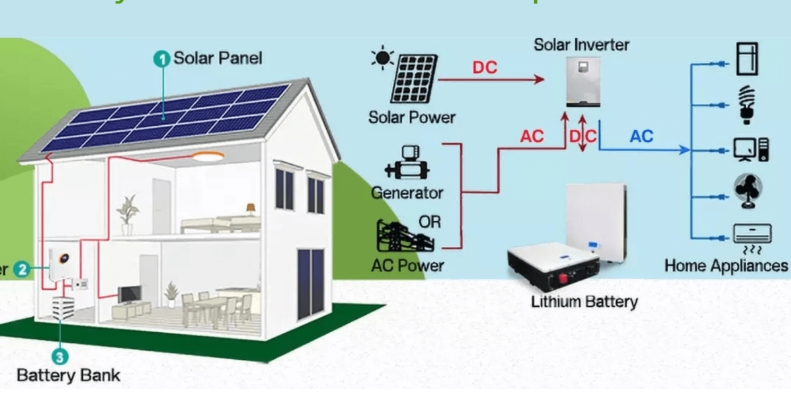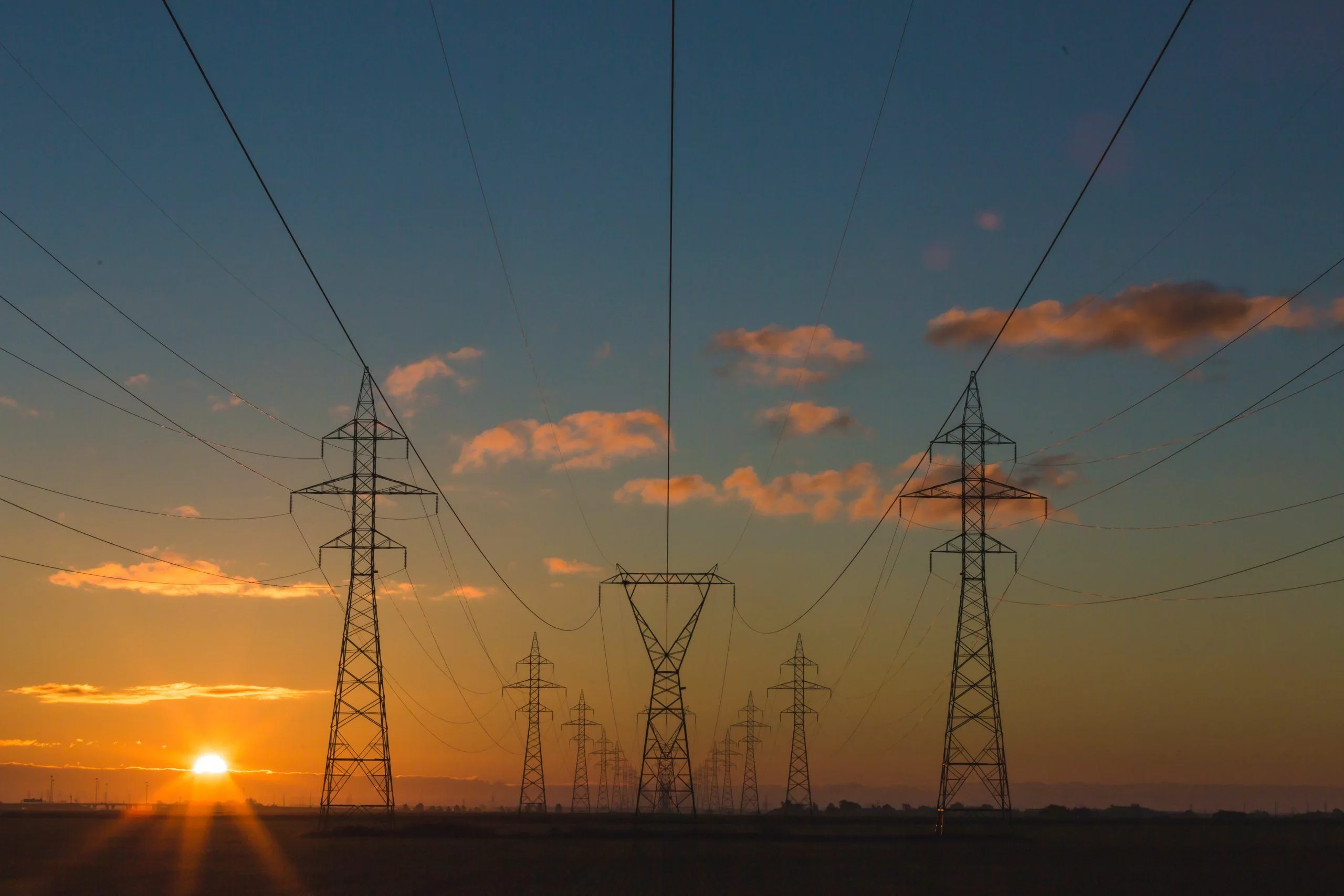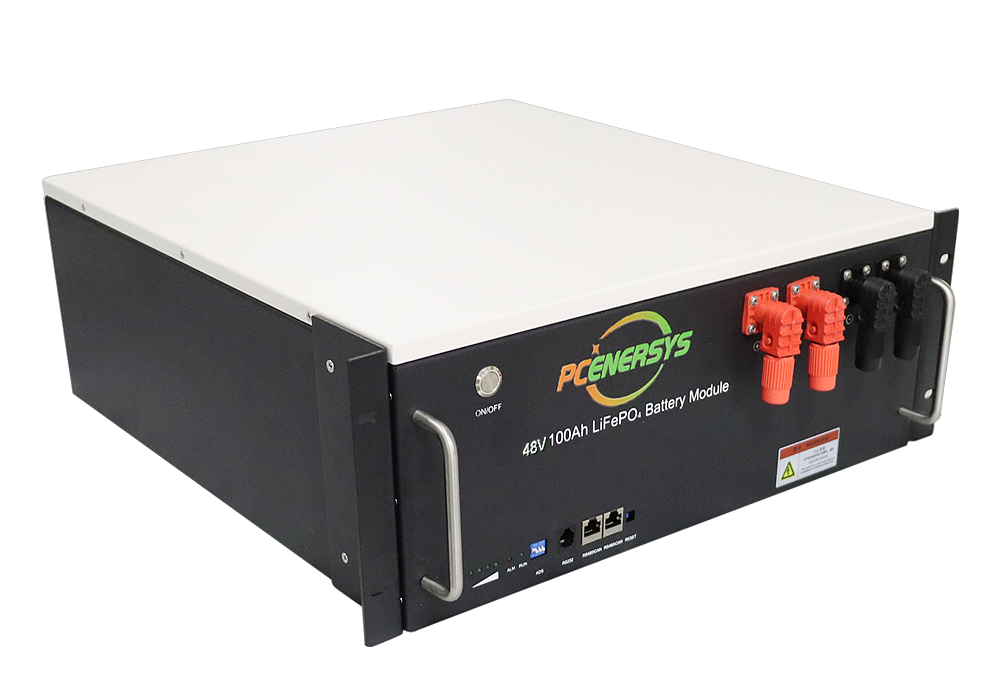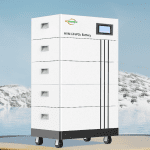As prices and the cost of living continue to rise, individuals seek ways to manage expenses without compromising their living standards. Embracing energy storage solutions has emerged as a viable option, and an increasing number of homeowners are turning to 48V energy storage systems as a crucial tool in their quest for energy independence. This article unveils effective strategies for mitigating grid-related costs by adopting a 48V energy storage system. It will explore how this system empowers users to regulate energy consumption, leading to substantial cost savings.
Economic feasibility of 48V energy storage system
The economic feasibility of 48V energy storage systems hinges on using lithium-ion batteries, marked by their high energy density and extended cycle life. Advances in manufacturing and the growing demand for these batteries contribute to a more attractive overall economic landscape for 48V energy storage systems, especially concerning installation and maintenance costs. Operating on a 48V system minimizes the need for intricate and costly high-voltage components, simplifying system design. This simplicity facilitates easier installation and lowers maintenance expenses over the system’s lifespan, enhancing its economic viability.
48V energy storage system optimizes energy consumption
Effectively managing energy consumption for reduced electricity costs and grid pressure is achieved through peak shaving, leveraging the scalability, modularity, and compatibility of 48V energy storage systems with intelligent energy management. These systems play a pivotal role in peak shaving by storing excess energy during off-peak hours or when renewable energy is abundant. During peak demand periods, the 48V energy storage system releases stored electric energy to supplement the power grid, effectively “peak-shaving” electricity demand.
This approach benefits both consumers and utility companies. Employing 48V energy storage for peak shaving can lead to significant consumer cost savings, allowing users to avoid higher electricity prices during peak demand. Users can enhance overall economic efficiency by reducing reliance on grid power during peak hours and utilizing stored energy optimally.

Save costs with time-of-use electricity prices
Integrated with a 48V energy storage system, time-of-use (TOU) pricing becomes a cost-saving strategy that capitalizes on the flexibility of energy consumption to align with varying electricity prices throughout the day. This pricing model encourages users to shift energy use to periods when electricity costs are lower, thereby boosting efficiency and reducing overall expenses.
48V energy storage systems serve as a means to store excess energy during low-price periods and deploy it when prices are high, maximizing the effectiveness of time-of-use pricing. Acting as a reservoir of stored energy, these batteries can be strategically utilized to minimize dependence on the grid during peak electricity cost periods. The intelligent energy management system further refines the implementation of time-of-use pricing through the 48V energy storage system, utilizing real-time data and predictive analytics for optimal charging and discharging decisions. Considering factors such as time-of-use pricing and demand forecasting ensures that individuals can make informed decisions to maximize cost savings.
Balancing independence and cost efficiency
Grid-connected systems delicately navigate the balance between energy independence and cost efficiency. These systems are meticulously crafted to incorporate 48V energy storage solutions or renewable energy sources while maintaining a connection to the central grid, offering a sustainable and economically sound approach to energy consumption.
Strategic considerations in system design, sizing, and operating practices are paramount to achieving the optimal equilibrium between energy independence and cost efficiency.
Optimal Sizing: Properly sizing renewable energy components ensures that the system meets energy needs without unnecessary excess capacity that could inflate costs. Scaling should align with average energy consumption and available renewable resources.
Energy Storage Integration: Including 48V energy storage systems enhances independence and efficiency within grid-connected setups. During periods of renewable energy surplus, excess power can be stored for later use, reducing reliance on the grid during off-peak periods and optimizing cost efficiency.
Intelligent Energy Management: Advanced energy management systems are crucial in intelligently controlling energy flows. These systems optimize renewable energy utilization, prioritize energy consumption based on cost considerations, and seamlessly switch between grid and local generation sources to maintain balance.

Financial incentives for 48V energy storage systems
Various financial incentives help to increase the economic viability of 48V energy storage systems, making them more accessible to consumers. The government provides tax credits, rebates, or subsidies for installing 48V energy storage systems, directly reducing upfront costs and enhancing economic feasibility. These incentives underscore the global commitment to promoting clean energy solutions. In some areas, utilities pay customers a fixed rate through feed-in tariffs for the electricity generated by 48V energy storage systems. This ensures a predictable revenue stream, further enhancing the economic attractiveness of adopting the technology.
Achieve cost-effective energy independence
In pursuing a low-cost lifestyle and energy independence, by implementing these methods, understanding 48V energy storage system dynamics, optimizing solar production, taking advantage of financial incentives, and more, our homeowners can be on a path to sustainable, cost-effective, and flexible energy consumption lifestyles.










